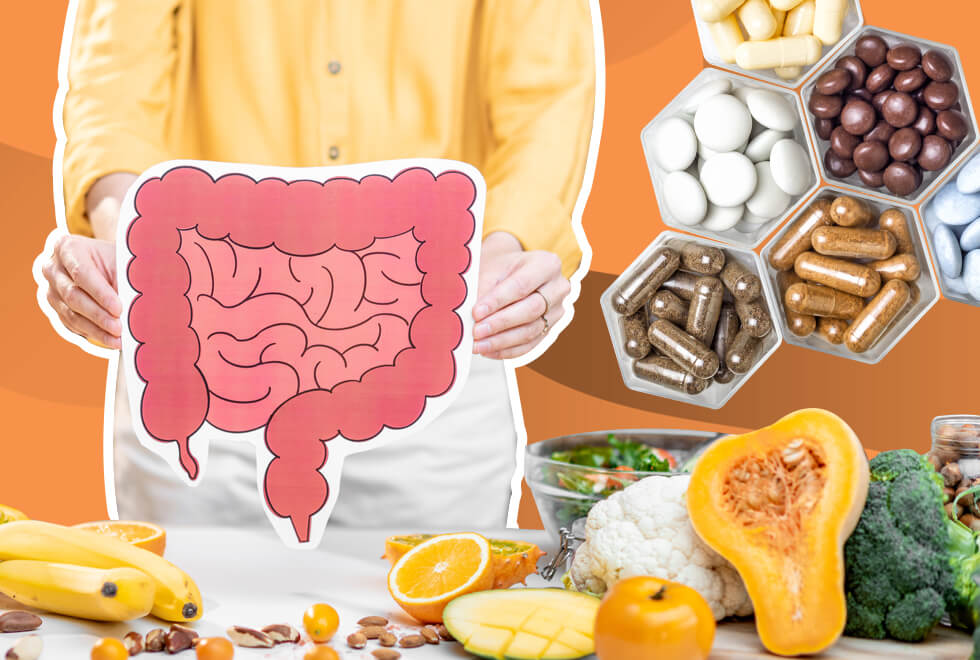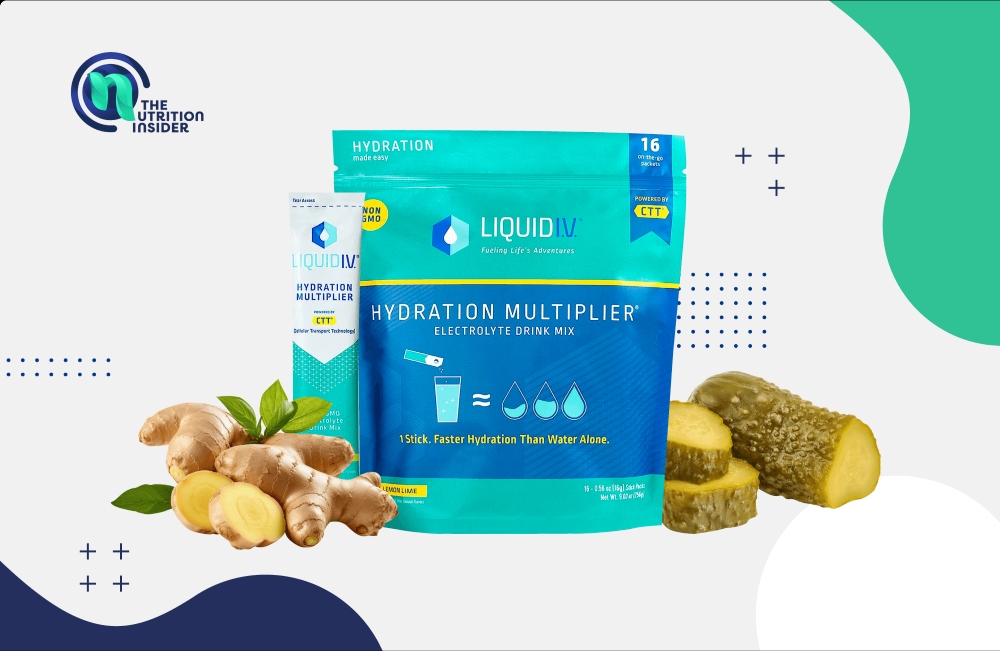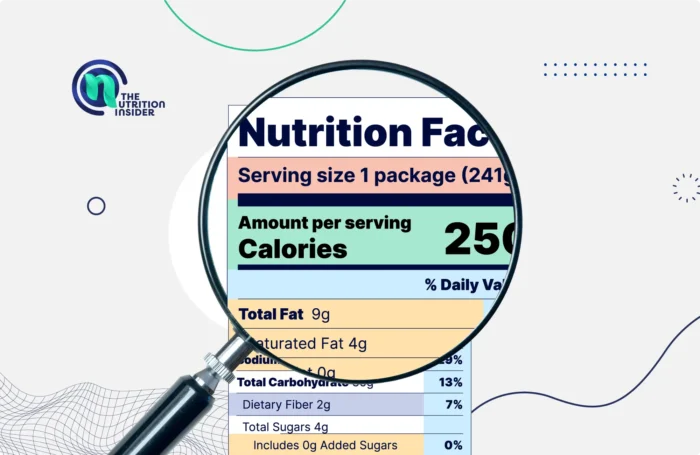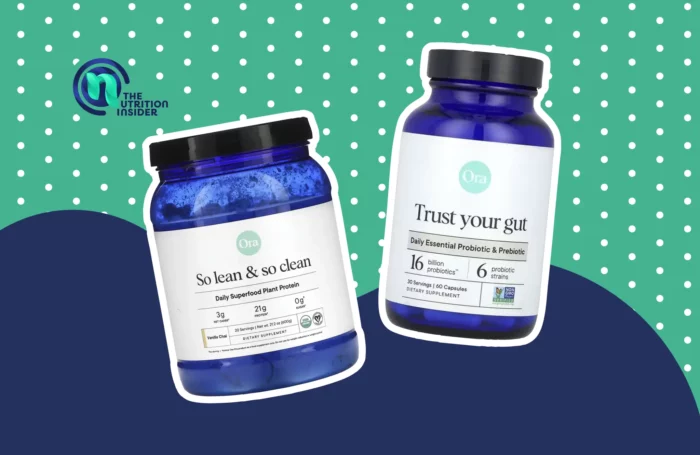This post contains links through which we may earn a small commission should you make a purchase from a brand. This in no way affects our ability to objectively critique the products and brands we review.
Not Just For Instagram: Taking Photos of Your Food Improves Diet
Evidence Based Research To fulfill our commitment to bringing our audience accurate and insightful content, our expert writers and medical reviewers rely on carefully curated research.
Read Our Editorial Policy
If you’ve ever been made fun of for taking pictures of every meal, snack, coffee order, or table spread (“phone eats first,” after all!), new evidence now suggests that you might be redeemed.
In this study published in the American Journal of Clinical Nutrition, researchers show that taking pictures of your food before eating it actually improves aspects of your diet, including more accurately assessing overall calorie and food intake.
Do People Underestimate Calories?
It’s been reported that most people underestimate their calorie intake by a staggering 20 to 50 percent. This can equate to thousands of calories each week that someone doesn’t know they are consuming, making weight loss or maintenance much more difficult.
For example, if you’re trying to lose weight by sticking to a 1,800-calorie diet but consistently eating 2,500-plus calories (without consciously realizing it), you will not see the results you want.
People underestimate calories for many reasons, including being unaware of portion sizes, constantly “eyeballing” measurements, or simply forgetting what they actually ate (oils used when cooking are a common omission).
It’s also common to mindlessly eat and think you ate just one serving of chips, for example, when, in fact, you downed three-quarters of the bag.
Recalling food intake is an essential aspect of nutritional studies that assess who’s eating what and how it impacts their health. Therefore, studies of people who aren’t accurately reporting what they’re eating can significantly skew research results and reduce accuracy.
To see what could be done to mitigate this problem, a group of Australian researchers tested four different ways of recalling food intake to see which one fared best—and it turned out to be when participants snapped photos of their food with a Mobile Food Record app.
Taking Food Photos Increases Calorie Count Accuracy
In this study, 152 participants received breakfast, lunch, and dinner for 3 days, which were all weighed and measured first by the researchers. The next day, they were asked to recall what they ate, including specific amounts and measurements.
Some people did this on their own with an online program, others had assistance from researchers to prompt them, and another group was able to look at pictures they took of their meal. Photos were taken both before they started and after they finished to help them recall how much of the meal they ate.
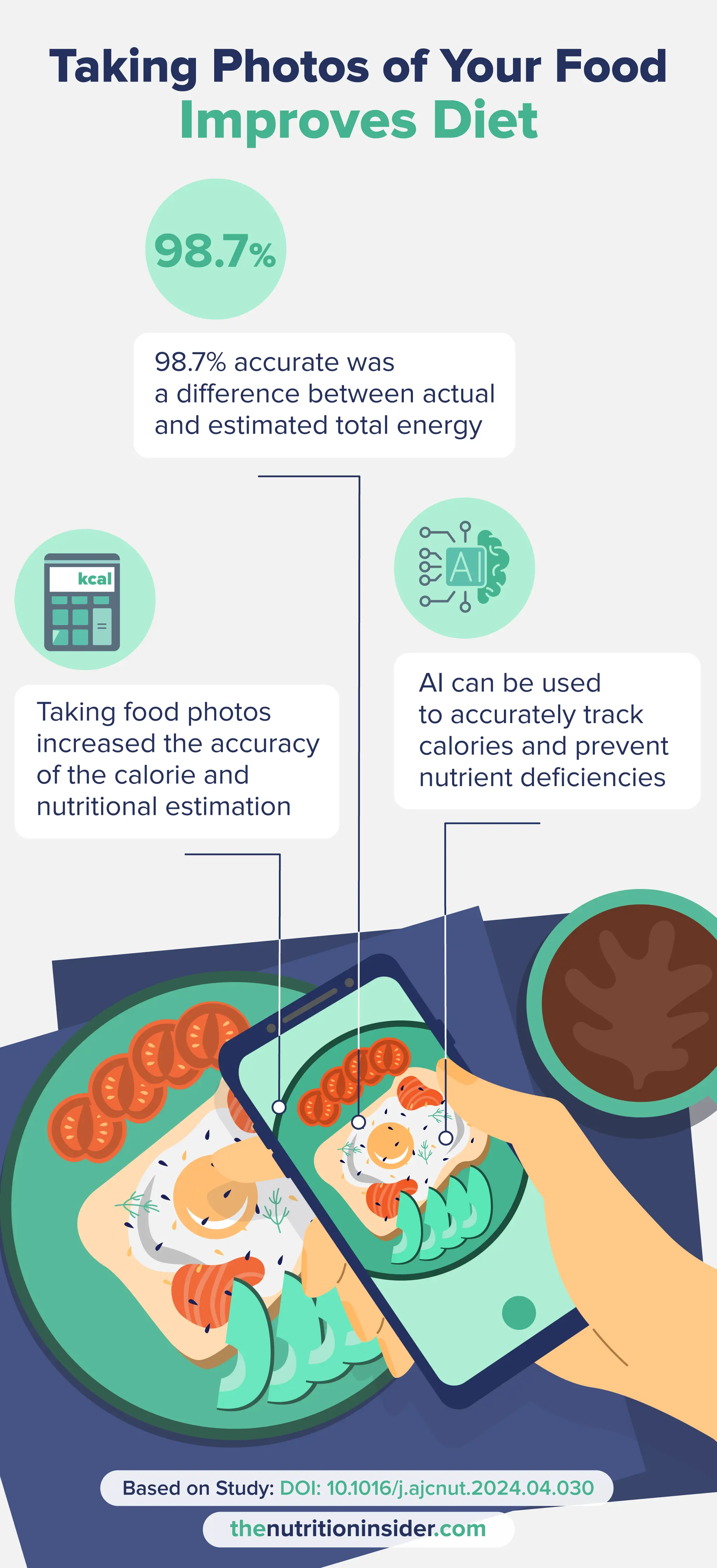
The pictures also included a “fiducial marker”—a colorful checkered object of a known size that served as a reference point for the research dietitian to help tally the calories and estimate portion size.
The researchers found that the accuracy of the calorie and nutritional intake was significantly higher for the people who had taken photos of what they ate compared to those who were asked to remember what they had eaten.
This makes perfect sense and could easily translate from a clinical setting to your home kitchen. For example, if you take a photo of your plate of pasta, you can later review the image and estimate the portion size more accurately, helping you track your calorie intake more effectively.
Interestingly, the group that did the interviewer-administered 24-hour recall the following day had estimates of total energy intake and all nutrients that were substantially higher than their actual intakes, which is the opposite of what is typically seen.
The people who took food photos had an average 1.3% difference between actual and estimated intake, while those in the non-photo groups had differences ranging from 5.4 to 15%.
Although tracking calories is certainly not a helpful (or even advisable) strategy for everyone, many people find that this method helps them be more accountable for what they eat and maintain their weight.
According to the study lead author and mobile Food Record App co-creator, Professor Deborah Kerr, their next step will be developing AI to automate the analysis of the foods in the photos entirely.
I’d be curious to see how that works—for example, how would AI pick up on the amount (if any) of olive oil used during cooking or how much salad dressing is on your greens?
If it does pan out, people would have a much easier time tracking calories—simply snapping pictures before eating is way less time-consuming than recording each and every food you eat.
Those who currently struggle to determine portion sizes or tend to underestimate their food intake may see immense benefits from this technology.
Not only could it help with weight loss or maintenance, but if the AI technology could analyze the nutrient composition of a meal, many people would be able to easily determine if they’re eating enough vitamins and minerals throughout their day or week. This would be a huge help in preventing nutrient deficiencies.
All in all, the moral of the story is: don’t let anyone tease you for taking food pics ever again! It’s all in the name of health.
- Whitton, C., Collins, C. E., Mullan, B. A., Rollo, M. E., Dhaliwal, S. S., Norman, R., Boushey, C. J., Delp, E. J., Zhu, F., McCaffrey, T. A., Kirkpatrick, S. I., Pollard, C. M., Healy, J. D., Hassan, A., Garg, S., Atyeo, P., Mukhtar, S. A., & Kerr, D. A. (2024). Accuracy of energy and nutrient intake estimation versus observed intake using 4 technology-assisted dietary assessment methods: a randomized crossover feeding study. The American journal of clinical nutrition, S0002-9165(24)00456-8. Advance online publication. https://doi.org/10.1016/j.ajcnut.2024.04.030
- Psychology Today. July 20, 2021. Why We Underestimate What We Eat. https://www.psychologytoday.com/us/blog/health-and-human-nature/202107/why-we-underestimate-what-we-eat


